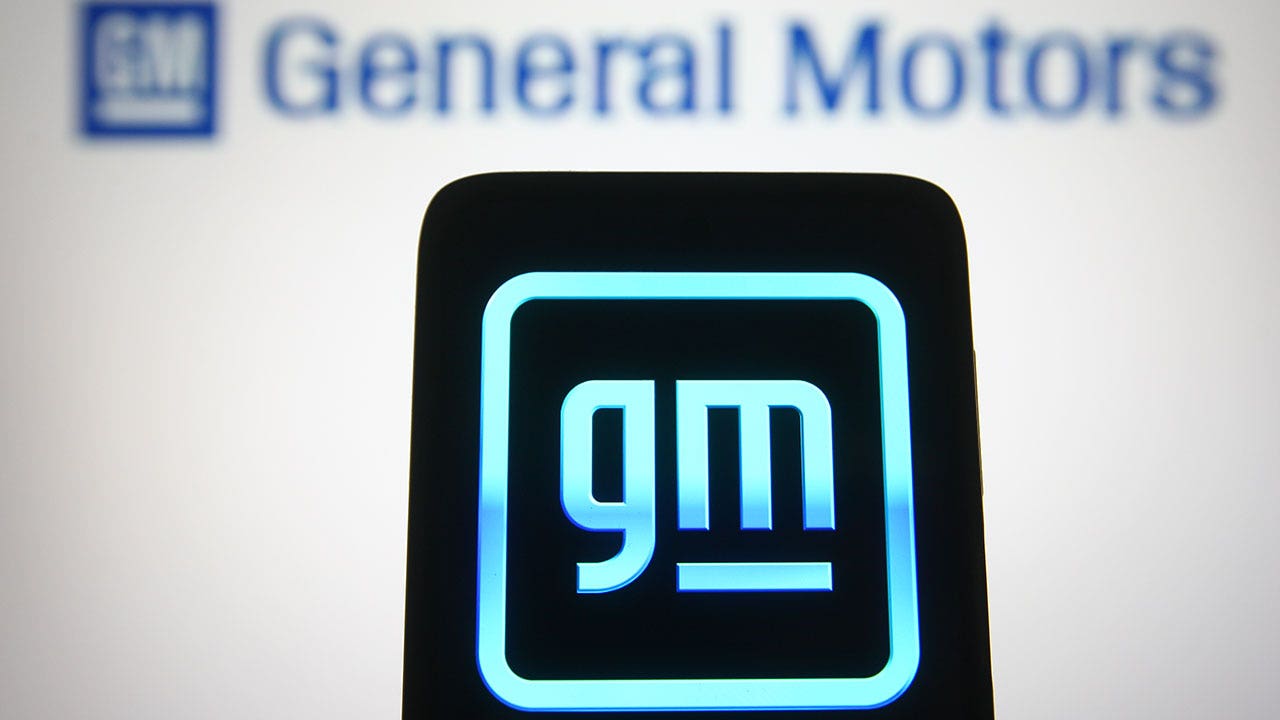Positive economic news never merits complacency or arrogant victory laps. After all, to quote the Beatles’ masterpiece from their “Revolver” album, tomorrow never knows.
That said, one detects a sense of perplexity or even disappointment among political leftists as upbeat economic signs continue to accumulate.
Deepening their chagrin, recent government releases also reveal that economic data under Joe Biden was actually worse than initially reported.
Since Donald Trump began his second term, mainstream media and leftist pundits have maintained a persistent drumbeat of doom and gloom regarding the American economy. From imminent recession to inflation warnings, they’ve seemed to almost relish the prospect of economic collapse.
Whatever economic trends await, watching their self-assurance evaporate in real time offers an amusing interlude of schadenfreude. In the latest trifecta of positive news, economic indicators over recent weeks suggest that President Trump’s bold economic agenda of deregulation, tax relief, and pro-growth executive orders are already paying dividends for American workers, consumers, and investors.
Just this week, the federal government reported that consumer inflation for April rose just 2.3% on an annual basis. That’s the slowest annual pace since February 2021, and obviously a night-and-day improvement from the inflationary pressures that defined the Biden presidency. The latest reading also covers a month of tariff announcements, thus defying fears of an immediate inflation surge.
As one particularly notable item from within the latest monthly inflation report, U.S. retail egg prices fell in April to $5.12 from $6.23 in March. That’s the first month-to-month drop in egg costs since October of 2024, and it’s 12.7% decline is the steepest since March 1984.
Just as notably, that overall inflation reading follows last month’s announcement that consumer prices declined in March by 0.1%. That’s right – for the first time since May 2020, the month-to-month cost of living didn’t simply rise a little bit slower, it actually fell.
Cumulatively, the consecutive monthly inflation reports suggest more than simply a cooling of price increases, but rather a decisive break from the miserable price surges that Americans endured throughout the Biden administration. However lasting they prove, for American consumers, that offer a welcome reprieve at last.
The string of positive economic news isn’t limited to consumer prices, however. In an encouraging prospective sign, the federal government’s job creation numbers have topped forecasts for consecutive months.
In April, the Labor Department reported that the United States added 228,000 jobs in March, which significantly exceeded the 130,000 increase that economists had predicted. That also significantly exceeded the 158,000 average monthly employment gain over the preceding twelve months.
Then this month, the government reported that U.S. employers added 177,000 new jobs for the month of April, once again substantially exceeding economists’ predictions of 135,000.
Because hiring is a future-looking economic indicator, those consecutive months of job growth exceeding expectations offer another sign that the U.S. economy is gaining steam rather than slouching toward contraction that many on the political left predicted – or even fancied.
Meanwhile, the Labor Department also reported that the U.S. added 600,000 fewer jobs during the Biden administration from March 2023 to March 2024 than originally announced.
Elsewhere this month, the stock market, which also offers a forward-looking leading indicator of economic confidence, has erased earlier declines and appears poised for further advance. Accordingly, those with actual monetary skin in the game have pushed markets back into positive territory.
All of this amounts to an early but emerging vindication of President Trump’s agenda of deregulation and tax relief.
Following four years of overregulation and inflationary spending blowouts under the Biden administration, the U.S. economy drifted into malaise while Americans’ inflation-adjusted incomes actually declined. President Trump wasted no time in reversing course, signing executive orders targeting Biden’s most destructive regulatory policies in the energy, financial, environmental, agricultural, and other sectors. Trump has also promoted tax relief legislation that can restore incentives to work, save, and invest.
The results recited above offer swift and encouraging validation of those Trump administration deregulatory and tax policies, with the hard data confirming what Americans sought in reelecting him: a return to economic dynamism.
None of that should surprise anyone who understood the benefits of President Trump’s first-term economic policies. In those years, we experienced lower unemployment, higher wages, and lower inflation. That didn’t occur by accident. It collectively flowed from Trump’s coherent, pro-growth agenda of greater energy independence, lower taxes, and deregulation.
Although the future forever remains uncertain, the second Trump administration’s policies show early signs of paying off again if those deregulatory and tax policies continue.
Timothy H. Lee is Senior Vice President of legal and public affairs at the Center for Individual Freedom.
Reprinted with permission from CFIF.org by Timothy H. Lee.
The opinions expressed by columnists are their own and do not necessarily represent the views of AMAC or AMAC Action.
Read the full article here










